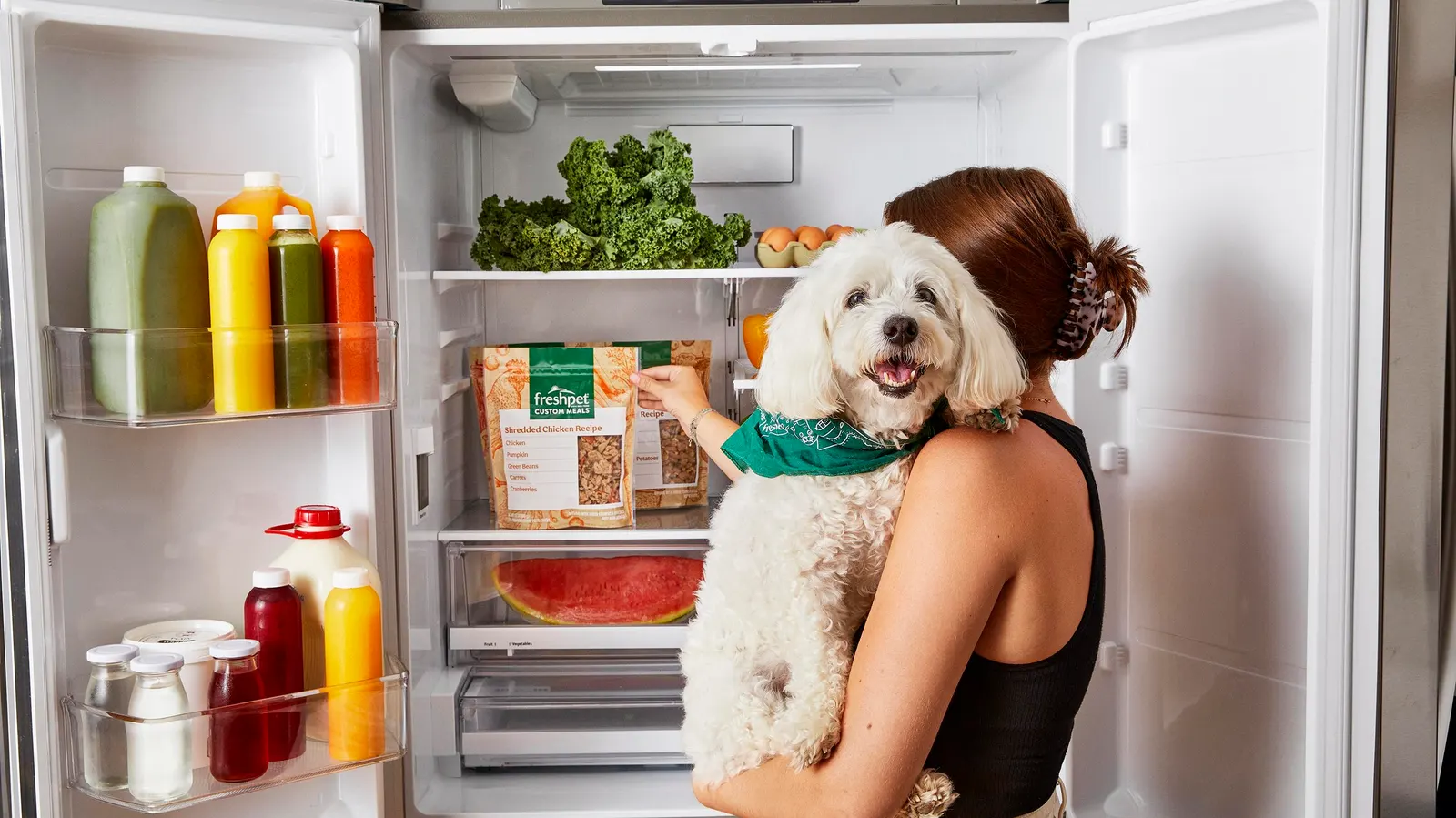can you freeze fresh pet dog food
can you freeze fresh pet dog food: Unlock the secrets of freezing fresh pet dog food: Learn how this simple technique can revolutionize mealtime for your furry friend.
If you’re a pet owner who believes in providing only the best for your furry companion, you may have already considered switching to a fresh, minimally processed diet for your dog. The benefits of fresh dog food are numerous, including improved digestion, increased energy levels, and enhanced overall well-being. But what about those times when you have a surplus of fresh dog food that you don’t want to go to waste? Can you freeze fresh pet dog food without compromising its nutritional value? Let’s explore the benefits, considerations, and best practices of freezing fresh dog food.
When it comes to feeding our four-legged friends, the rise in popularity of fresh dog food over commercially available kibble is reflective of our commitment to their health and well-being. Fresh dog food is typically made with high-quality ingredients, free from fillers, preservatives, and artificial additives. This approach mimics the natural diet of dogs, which consists of fresh meat, vegetables, and grains. Feeding fresh dog food can result in a myriad of benefits, such as improved digestion, reduced allergies, healthier skin and coat, increased energy levels, and a strengthened immune system. However, when it comes to storing and preserving fresh dog food, there’s often some confusion on whether freezing is a viable option.
Is Freezing Fresh Dog Food a Viable Option?
Contrary to popular belief, freezing fresh dog food is indeed a viable option. In fact, freezing dog food can help extend its shelf life, maintain its nutritional integrity, and provide convenience for busy pet owners. By freezing fresh dog food, you can ensure that you always have a stockpile of nutritious meals ready for your furry friend. However, there are a few things to consider and some best practices to follow to ensure the optimal outcome.
Best Practices for Freezing Fresh Dog Food
Not all types of dog food can be successfully frozen, so it’s important to assess the specific type of fresh dog food you are working with. Commercial raw diets and homemade recipes are generally suitable for freezing.
When freezing fresh dog food, it’s crucial to package it properly to prevent freezer burn and maintain the nutritional quality. The key is to limit exposure to air, moisture, and temperature fluctuations during storage. Therefore, it is recommended to either portion the food into airtight containers or freezer-safe bags. Alternatively, you can use silicone molds, ice cube trays, or silicone baking cups to portion and freeze smaller-sized servings, making it easier to defrost and serve when needed.
When packaging fresh dog food for freezing, remember to label each container or bag with the date of freezing. This practice will help you keep track of the storage time and ensure proper rotation of the food. Aim to use frozen fresh dog food within 2-3 months for optimal quality and nutritional value.
Thawing and Serving Fresh Frozen Dog Food
When it’s time to serve the frozen fresh dog food, it’s important to follow proper thawing methods to safeguard against bacterial growth. The recommended method is gradual thawing in the refrigerator, allowing the food to defrost slowly over several hours or overnight. This approach ensures that the food remains at a safe temperature and reduces the risk of contamination.
For faster thawing, you can place the packaged frozen dog food in a bowl of cold water, replacing the water every 30 minutes until the food has completely thawed. Avoid using hot or warm water, as this can cause the food to lose nutrients or promote bacterial growth.
Once the fresh dog food is thawed, you can serve it as is, or add warm water to enhance palatability and provide a more enticing meal. If your dog prefers their food warm, you can gently heat the thawed food in a microwave or on the stovetop, but be cautious not to overheat it, as this can destroy essential nutrients.
Remember to serve appropriate portion sizes based on your dog’s size, age, and dietary needs. It’s important to consult with your veterinarian or a professional nutritionist to ensure you are meeting your dog’s specific nutritional requirements.
In conclusion, freezing fresh pet dog food is a viable option and can be beneficial for both pet owners and their beloved furry companions. By following the best practices outlined, you can safely store and preserve fresh dog food while maintaining its nutritional value. Remember to assess the type of fresh dog food you are working with, package it properly to prevent freezer burn, and label and monitor the dates for food rotation purposes. By freezing fresh dog food, you can provide your pup with high-quality, nutritious meals, even when life gets busy. So, freeze fresh and serve delicious to keep your dog’s tail wagging with delight!






